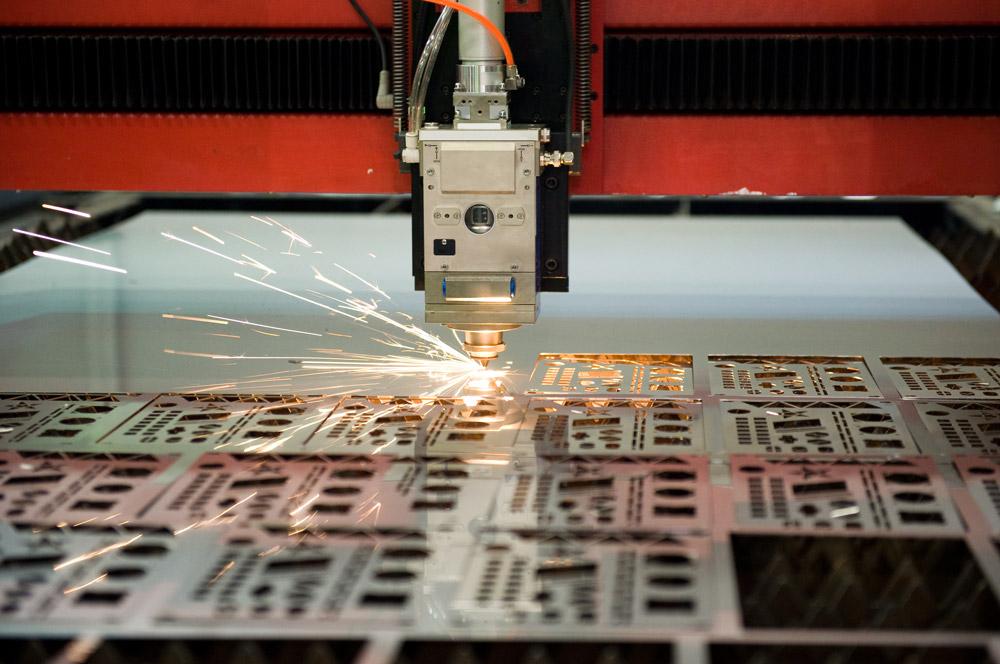In the world of industrial manufacturing, the role of cutting tools cannot be overstated. At the heart of these tools is the blade, whose condition directly influences the precision of cuts. How does the wear of these blades impact precision? An exploration of the effects of blade wear on precision provides valuable insights for both seasoned manufacturers and newcomers to the industry.

Understanding Blade Wear
Blade wear occurs when a blade loses its original sharpness due to wear and tear during operations. Factors contributing to this wear include the type of material being cut, the speed of cutting, and the maintenance practices employed.
As a blade dulls, the cuts it makes can become erratic and less accurate, undermining the precision essential in industrial manufacturing. Hence, understanding the causes of blade wear is the first step towards mitigating its impact.
Primary Causes of Blade Wear
Material Hardness
Materials with greater hardness can quickly dull blades. For example, cutting dense metals requires a more robust blade compared to softer materials like aluminum. Take note of our aluminum cutting tips.
Cutting Speed and Feed Rate
The speed and feed rate also determine the rate of blade wear. High speeds result in increased friction and heat, which accelerate wear. Therefore, finding the right balance is crucial for maintaining blade life. For precise operation settings, refer to our CAD design guide.
Temperature and Friction
Rising temperatures, often due to improper cooling during operations, can lead to thermal softening and increased wear. Exposure to high temperatures can significantly degrade the cutting edge of the blade.
Impacts of Blade Wear on Precision
Decreased Cutting Accuracy
Worn blades tend to wander during cuts, resulting in imprecision. This directly impacts product quality and can lead to increased production costs due to wasted material and rework.
Surface Finish Quality
The surface finish of materials can become rough and uneven with a dull blade. Such outcomes are undesirable, especially in industries where surface quality is paramount.
Increased Energy Consumption
Worn blades require more force to cut through materials, which leads to higher energy usage. This increment in energy consumption not only impacts the environment but also increases manufacturing costs.
Strategies to Mitigate Blade Wear
Material Selection
Choosing the appropriate blade material for the job can significantly reduce wear. High-carbon steel blades, carbide-tipped blades, or even ceramic blades can offer better longevity.
Routine Maintenance
Regular blade maintenance, including sharpening and cleaning, can extend blade life. Ensure blades are kept clean and dry when not in use to prevent rust and corrosion.
Optimal Cutting Conditions
Optimizing cutting speeds and employing proper cooling techniques can reduce the temperature rise during cutting, thus minimizing wear.
Innovations in Blade Technology
Modern advancements in blade technology have led to the development of self-sharpening blades and enhanced coatings that resist wear, enabling higher precision in cutting processes.
Read more about metal cutting techniques and the advances in blade technology.
Conclusion
Understanding the effects of blade wear on precision is critical for maintaining high-quality standards in industrial manufacturing. By implementing effective strategies and adopting modern technologies, manufacturers can mitigate the adverse impacts of blade wear, ensuring their products meet the desired specifications. Finally, diligent attention to blade condition not only enhances precision but also offers benefits in terms of cost efficiency and environmental sustainability.

FAQs
What causes blades to dull quickly?
Excessive cutting speed, hard materials, inadequate cooling, and improper maintenance can cause blades to dull quickly.
How can we prevent blade wear?
Adopting suitable cutting parameters, ensuring proper blade maintenance, and using quality blade materials can help prevent excessive wear.
What improvements have been made in blade technology?
Recent advancements include the development of wear-resistant coatings, self-sharpening blades, and improved composite blade materials for better durability.
This article contains affiliate links. We may earn a commission at no extra cost to you.

